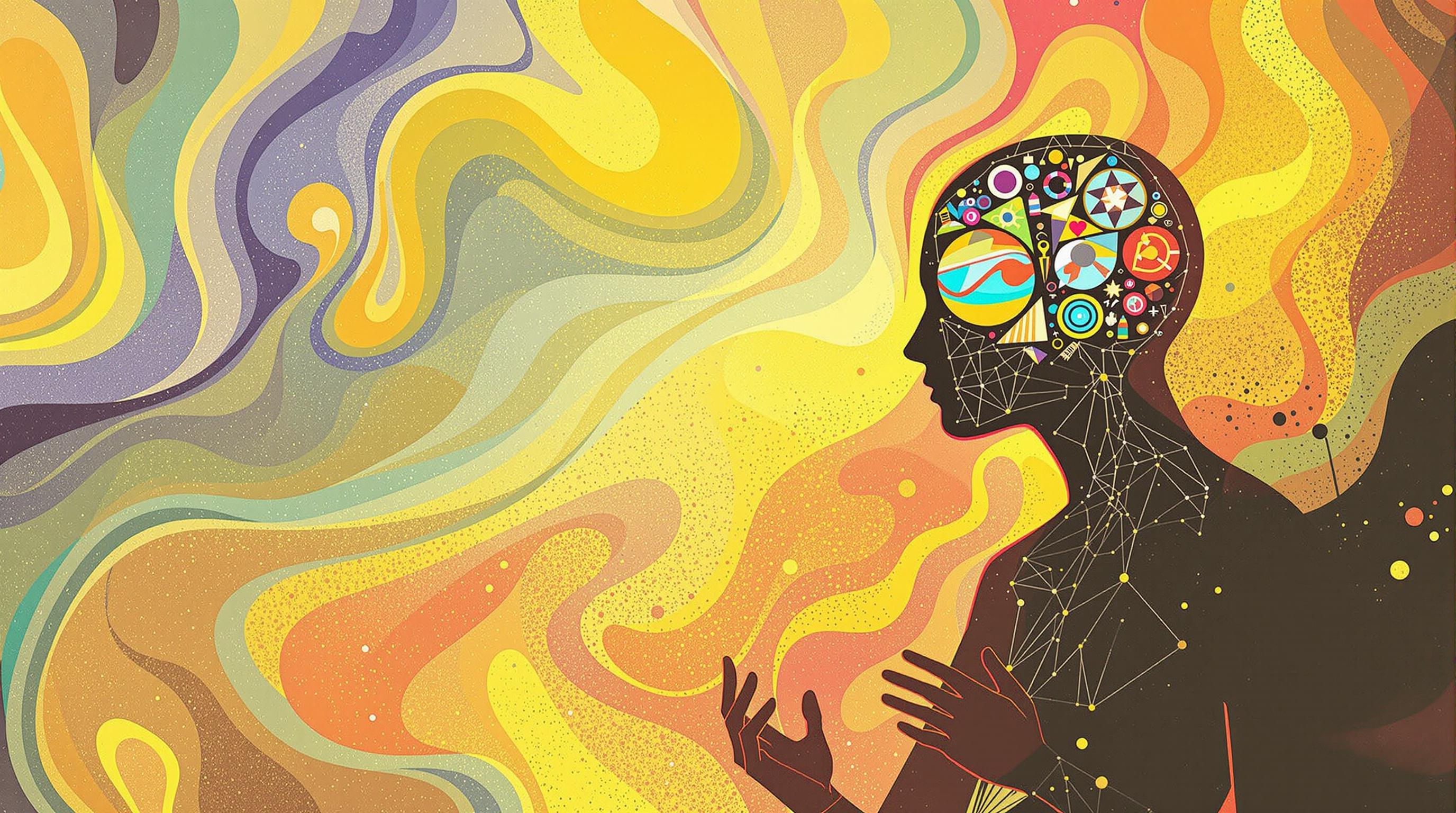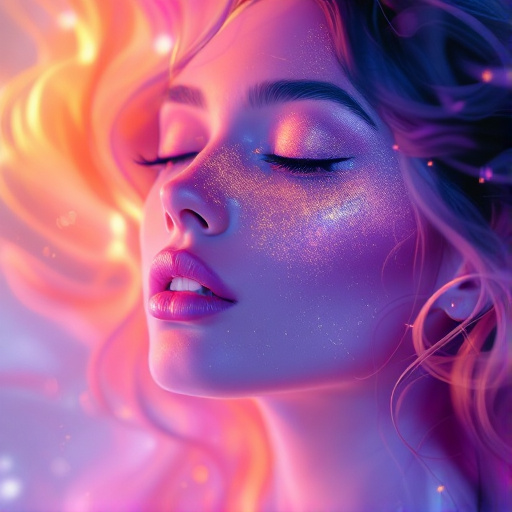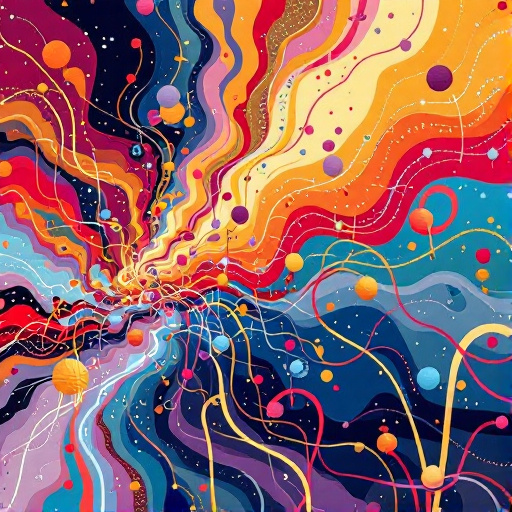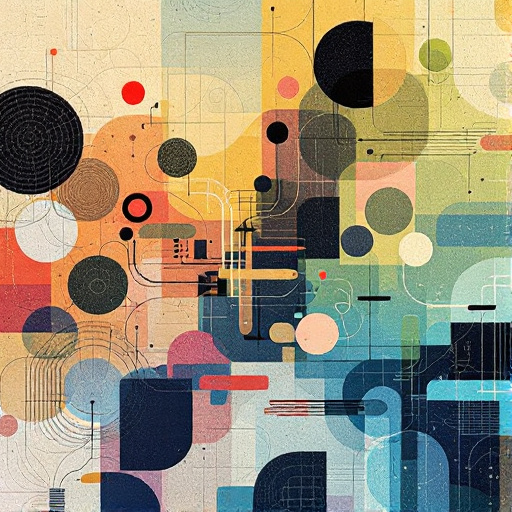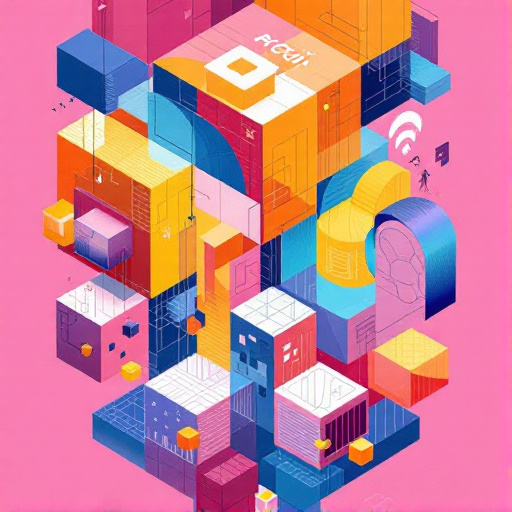Featured Articles
- 9 Surprising Psychological Triggers Hidden in Beautiful Web Design That Captivate Visitors Instantly
- Exploring the Art of Balance: Minimalism vs. Maximalism in Beautiful Web Design Unleashed
- From Chaos to Calm: Exploring the Allure of Randomized Layouts in Beautiful Web Design
- Reviving Retro: How Nostalgic Design Elements Are Transforming Modern Web Aesthetics
- The Aesthetics of Code: How Beautiful Web Design Can Influence Emotional User Experiences
Exploring the Art of Balance: Minimalism vs. Maximalism in Beautiful Web Design Unleashed
Exploring the Art of Balance: Minimalism vs. Maximalism in Beautiful Web Design Unleashed
In the realm of web design, the tug-of-war between minimalism and maximalism creates a canvas where creativity flourishes. This article explores their distinctive aesthetics, practical applications, and how finding a balance between the two can lead to impactful designs that engage users effectively.
Understanding Minimalism in Web Design
Picture a serene landscape, devoid of clutter—a single tree standing tall against the vast blue sky. That’s minimalism in web design. Its ideologies serve as a strong foundation for clean user interfaces, emphasizing simplicity and clarity. According to a Google study, simplicity increases user engagement; users are 20% more likely to stay on a site that is straightforward and uncluttered (Google, 2020).
The Essentials of Minimalism
Minimalism strips away the unnecessary, honed down to the essentials. This user-centric approach prioritizes functionality. Think about Apple’s website—every image, every piece of text serves a purpose. There is an intimacy in minimalism, where whitespace becomes the canvas that allows the content to breathe. An uncluttered interface can direct user focus and facilitate effortless navigation.
Maximalism Unleashed: An Explosion of Creativity
Picture being thrown into a kaleidoscope of colors, patterns, and textures—that's maximalism. This vibrant approach embraces the "more is more" philosophy. The idea is to captivate and engage users immediately by appealing to their senses. According to a survey conducted by Adobe, 90% of designers felt that maximalism is a viable option for certain brands (Adobe, 2021). Maximalist design often showcases intricacy and boldness, crafting a narrative that entices visitors to dive deeper into the content.
Emotional Impact of Maximalist Design
Maximalism, much like a roaring carnival, elicits an emotional response. Brands like Gucci and Versace leverage this approach; every pixel counts, pulling viewers in with daring visuals. This style can create an unforgettable experience that lingers in a user’s mind long after they’ve left the site. A case study on fashion websites reveals that those embracing maximalism often report a higher interaction rate, with an increase of 30% in user return visits (Fashion Institute, 2022).
Does More Always Mean Better?
However, maximalism does raise a valid question: does more always mean better? The risk here is overwhelming users with too much information, which can lead to decision fatigue. A study by the University of Maryland found that excessive choices can inhibit judgement, making it harder for users to decide what to engage with (University of Maryland, 2023). It’s akin to experiencing sensory overload at a vibrant fair; wonderful in short bursts, but exhausting in extended doses.
Finding the Sweet Spot: The Balance of Minimalism and Maximalism
So, how does one strike a balance between these two seemingly opposing entities? First, consider the brand’s identity. A tech startup might flourish with minimalism, while a lifestyle blog might benefit more from a maximalist approach. Knowing the audience is crucial. Design should cater to users' preferences yet challenge their expectations.
Design Elements to Embrace Balance
Colors can be a focal point for balance. In minimalism, a limited color palette creates serenity, while maximalism uses bold and contrasting colors to draw attention. A well-implemented gradient can blend these worlds harmoniously, crafting a visual path that is both exciting and calming. Following this, typography plays a pivotal role. A mixture of classic fonts (minimalist) paired with playful typography (maximalist) can cultivate a sense of cohesion.
Case Study: The Best of Both Worlds
Take Airbnb’s website as an example. They adeptly mix minimalist layouts with vibrant photography. The browsing experience emphasizes simplicity, while diverse imagery reflects the countless experiences awaiting users. Their design allows users to explore yet doesn’t suffocate them with information overload. This balance has resulted in higher engagement and better conversion rates.
The Emotional Spectrum of Web Design
Web design influences emotional responses, shaping how users interact with digital content. Minimalist designs foster a sense of calm and focus, whereas maximalist designs ignite passion and excitement. In terms of usability, about 65% of users claimed they prefer minimalist designs for tasks involving concentration (Nielsen Norman Group, 2020), while 82% appreciate a maximalist layout for lifestyle and entertainment experiences that invoke joy (Design Trends Report, 2023). As a designer, being aware of these emotional responses can be pivotal in strategizing user engagement.
The Creative Process: Experimenting with Styles
Interestingly, many designers find hybrid designs spark their creativity. Playing with layouts and embracing elements from both schools of thought often yields astonishing results. Creative freedom becomes an avenue for experimentation where accessibility and user experience can coexist. As the saying goes, the best ideas often come from “across the aisle.”
The Role of User Testing
User testing becomes invaluable in the quest for balance. Conducting A/B tests, gathering feedback, and analyzing usability report ensure one’s design resonates with the target audience. Engaging users in the creative process could provide insights that refine the balance further—like taking a quick poll to see if a design feels cluttered or inviting. Having real users evaluate designs sheds light on battle-tested preferences.
The Importance of Accessibility
Incorporating accessibility into web design enhances user experience, regardless of the style. Minimalism allows for easy navigation through straightforward layouts, complemented by clear and concise content. Meanwhile, maximalism can still be rich in texture while ensuring that color contrasts, typography size, and alt text inclusivity meet accessibility standards. A true balance caters to all users, removing barriers that could hinder access.
Learning from the Pros
Veteran designers often share that it’s “not just about what you create, but about why you create it." A profound takeaway worth considering. Designers like Dieter Rams and Marc Newson have established careers predicated on this philosophy. They have shown that functionality and aesthetics do not have to be mutually exclusive. Their work serves as an inspirational guide toward finding balance.
Marrying Trends with Timelessness
Design is not static; it evolves. Keeping an eye on trends while appreciating timeless aesthetics can be the key. Year after year, beta-testing and user feedback propel design innovations. Staying ahead of the curve could mean blending elements of both minimalism and maximalism to create fresh, responsive designs. Trends like micro-interactions or immersive storytelling integrate both aesthetics remarkably well.
Statistics That Matter
According to a study by HubSpot, 50% of website users believe a design is the primary factor for determining the credibility of a company. This statistic illuminates the critical role of aesthetics in navigating user opinions. Whether minimalist or maximalist, your design choices should consistently echo your brand’s values and message.
Developing a Versatile Design Approach
Flexibility in style allows for growth in creativity. As designers, being rigid can stifle innovation. Adopting a versatile mindset enables one to experiment within both minimalist and maximalist frameworks. Using rough sketches and mood boards, creators can visualize what works best, allowing for playful exploration along the way. Choose strong images and impactful typography to fuse various elements cohesively.
Concluding Thoughts on Design Balance
At the end of the day, striking the right balance between minimalism and maximalism presents a unique challenge for every designer. It’s about understanding your objectives, audience, and brand essence. Utilize elements from both philosophies to craft a uniquely transformative user experience. In a rapidly changing digital landscape, versatility is indispensable. Embrace the dance; minimalism can be the ever-flowing partner to maximalism’s exuberance. Celebrate the aloha spirit of design—a little bit of this and a little bit of that leads to ambitious creations.
As an 18-year-old web design enthusiast exploring the vast probabilities of digital creation, it’s evident that embracing both aesthetics will encourage continued exploration. After all, balance does not mean choosing one over the other; it means celebrating their contrasting beauties to build something unexpectedly magnificent.
Now, let’s create a beautiful web together!
